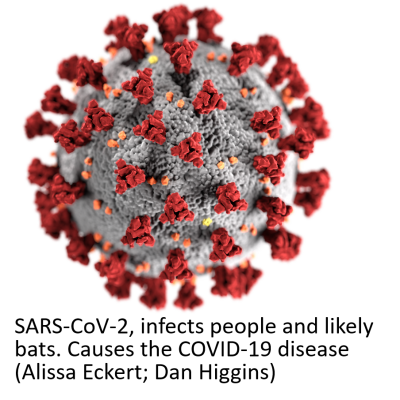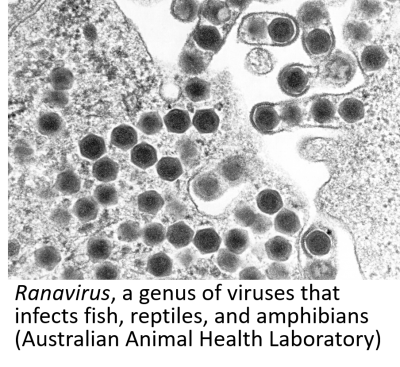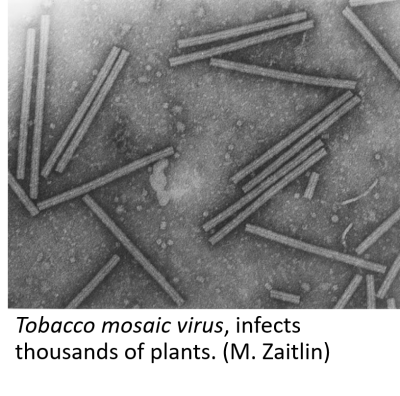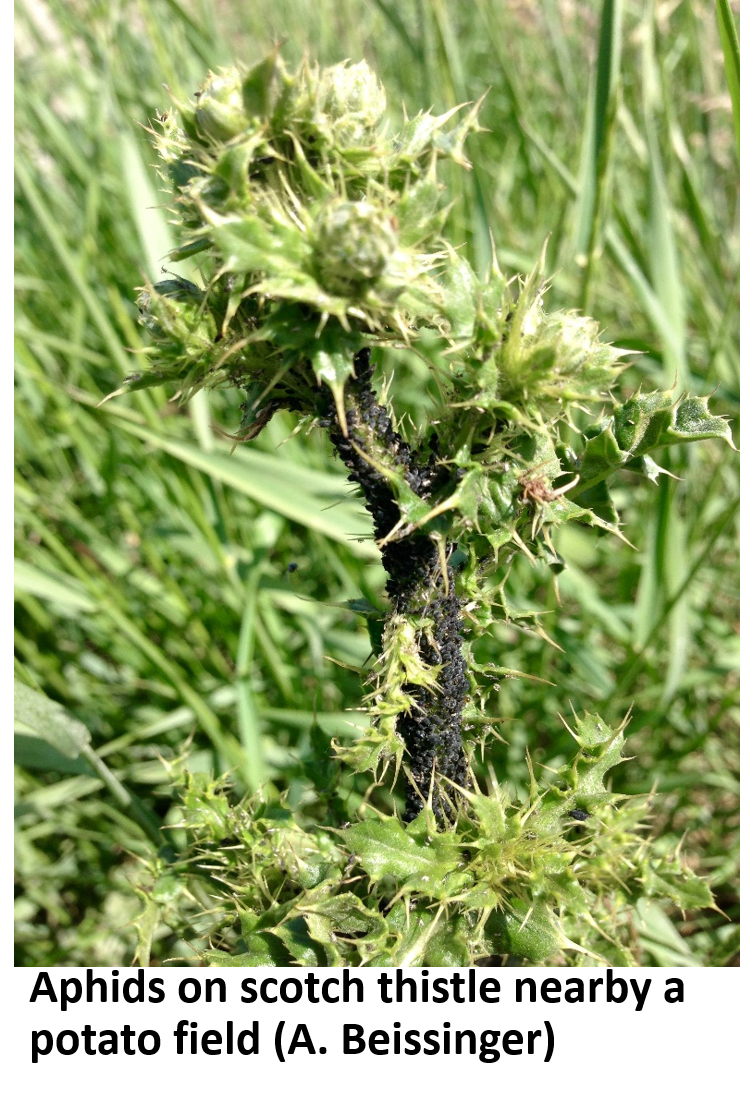Given the coronavirus pandemic, I wanted to focus on viruses to share a little more on these infectious agents.
A virus has a very simple makeup. It is just a piece of DNA or RNA, a protein coat, and in some cases a fatty (lipid) layer. The protein coat provides protection for the piece of genetic information (DNA or RNA), and can code for different functions when the virus infects a host organism.



Viruses are considered neither alive nor dead. Viruses do not consist of cells or have any components to carry out basic functions on their own. They rely on the cell functions of their host to replicate. They hijack their host’s cells to operate in a way that allows the virus to thrive.
For this exact reason, viruses have a biological incentive to keep their hosts alive. If their hosts die, the virus can no longer replicate. Viable virus particles can exist on a surface, such as a table. But without a host, the virus can not cause disease or infection.
The first virus to be crystallized and therefore each of its parts were able to be studied, was actually a plant virus, Tobacco mosaic virus. Rosalind Franklin made this discovery in 1955. Since then, thousands of new viruses have been described.
As a plant pathologist, I work with plant viruses. Let’s take a look at Potato virus Y as an example. Potato virus Y (PVY) is one of the oldest known plant viruses, and the 5th most economically important plant virus in the world, meaning that it can cause a lot of damage. Hundreds of plants can infected by PVY including potato, tomato, pepper, eggplant, tobacco, and many species of weeds.
Historically, PVY has been easy to detect in fields because of the beautiful mosaic symptoms it causes on foliage. On potatoes, other symptoms include veinal necrosis, deformed or rotting (necrotic) potatoes, and up to 70% yield losses.
 However, new strains of PVY have evolved to make it more difficult to notice an infection until it is too late to do anything about it. Viruses are capable of evolving to change the symptoms they induce in hosts in order to continue to thrive.
However, new strains of PVY have evolved to make it more difficult to notice an infection until it is too late to do anything about it. Viruses are capable of evolving to change the symptoms they induce in hosts in order to continue to thrive.
Just like COVID-19 disease (SARS-CoV-2 virus) is spread from person to person, plant viruses are infectious and spread from plant to plant as well. The mode of transmission varies depending on the virus.
Most plant viruses require a vector to be spread among plants. A vector is an organism that does not cause disease itself, but carries an infectious agent from one host to another. Examples can include insects, parasitic plants, nematodes, and even humans. Other means of spread include infected vegetative propagates or cuttings of plants; infected seed; and mechanical transmission through infected plant sap (like pruning an infected tree and using the same tools to cut a healthy tree).
In the case of PVY, it is vectored by over 50 species of aphids. When probing plants for a tasty morsel to eat, aphids insert their needle-like stylet mouth parts into the stems and foliage. If the plant is infected, PVY particles adhere to the aphid’s stylet, and it only takes a few seconds of feeding for the aphid to be infective to new plants. And, because hundreds of species of plants can be hosts to the PVY, weeds surrounding gardens or potato fields can be important sources of PVY.
 The other way PVY is spread is through infected seed. When infected seed potatoes are planted, they result in infected plants. These infected plants then are a source of PVY inoculum for aphids.
The other way PVY is spread is through infected seed. When infected seed potatoes are planted, they result in infected plants. These infected plants then are a source of PVY inoculum for aphids.
Once plants are infected, there is no cure for the virus. PVY does not kill plants, but can cause potato defects that render them unmarketable for potato growers and in some cases inedible for home gardeners. PVY also can decrease yields significantly.
The best management recommendations for PVY include:
- Scout your plants regularly and often for PVY. Symptoms can change rapidly, and early observation is crucial for limiting spread of the virus.
- Remove any infected plants when you see symptoms arise. Do not compost infected plants because potatoes can easily regrow in your compost pile. If you’re not sure if your plant is infected, send a sample to us for diagnostic testing.
- Control weeds around plantings to limit alternative hosts of the virus.